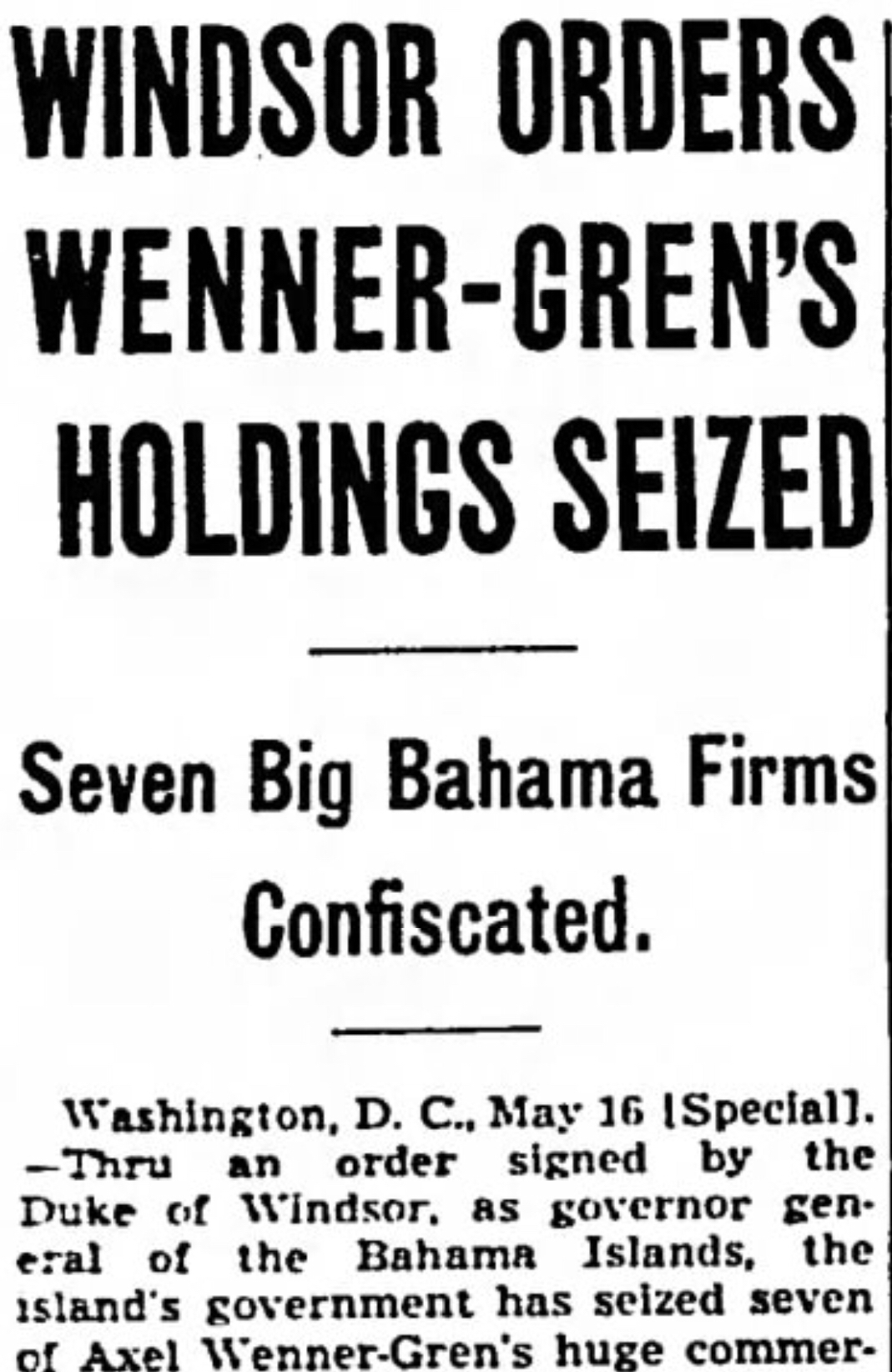
What did it mean to be female and black during slavery? It symbolised nothing good that’s for sure. Being constantly interfered with, is about as sterile a term, as one can use. From the unimaginable journey across the Middle Passage to the auction block to servitude, slave females, were subjected to a thousand daily horrors.
Throughout the slave registers, for the Bahama Islands and indeed throughout the British West Indian slave colonies, one comes across registrations of young girls, like this one, from Eleuthera.
There is no other way to describe one’s reaction other than cold and curious.
1825: Bahama Islands
Return of slaves for Timothy Symonette, Planter, Eleuthera.
One slave. Name: Sary. Female. 12 years old. Black. Creole. Eleuthera.

For Sary, a 12-year-old girl, what was her life like being the only slave and female, to her master, a Timothy Symonette, in Eleuthera, in 1825?

1822 – Slaveowner John Dickson of Watlings Island Buys One Black Female Slave; She Gives Birth To Mulatto Baby Nine Months Later
Historical slave records for the Bahamas Islands reflect an almost sterile memorial, to a period in time that, quite frankly, still holds more questions than answers.
Slavery was, among many other things, an era of unmitigated depravity, violated debauchery and open degeneracy.

Negro females, slave women and girls, became sexualised targets, almost from the moment of birth.
From birth, slave girls were viewed as potential economic progenitors. They were the wealth creators, for their owners. Girls, once they began their time of sexual maturity, were counted primarily for their potential for successful breeding.
Slave masters, overseers and men of every imagined description took great advantage of their unfettered, legal right, to sexual relations with female slaves. There were no laws which penalised slave masters for rape or sexual assault of slaves. Black females on plantations were also constantly at risk of being raped by other slaves.
Once children were born into slavery, women were again subjected to more horrors, watching their children being sold off. Never to see them again or if they saw them, not being able to recognise or be sure of who they were.
In early 1822, John Dickson of Watlings Island, now called San Salvador, purchased Chloe, then a 30 year old, black slave.

Chloe was purchased from John Storr, attorney for slaveowner John L. Patterson.
By December 1822, Chloe had given birth to a mulatto baby girl named as Jessy.
On the 1825 slave register, Chloe is listed as 33 years old and her mulatto daughter Jessy, born on Watlings Island, was 2 years old.






